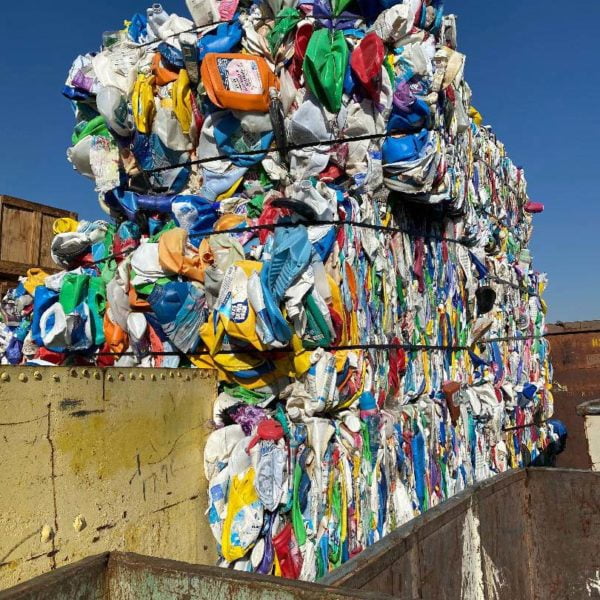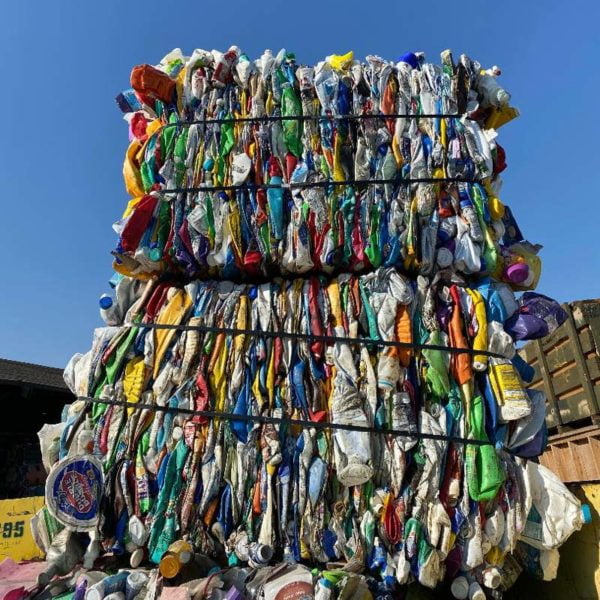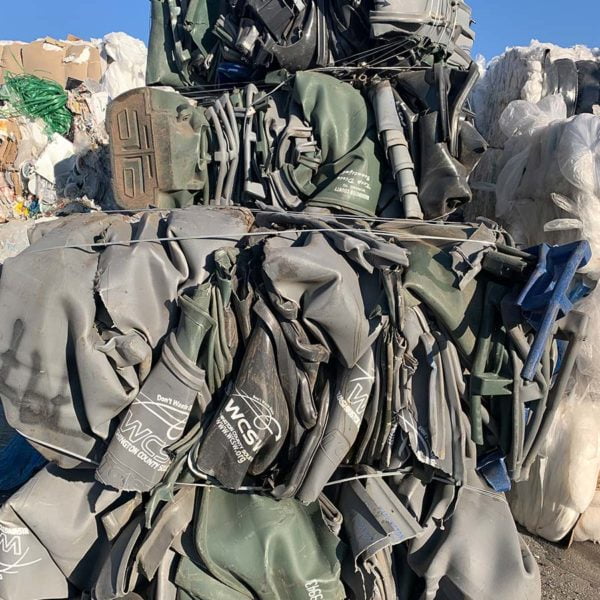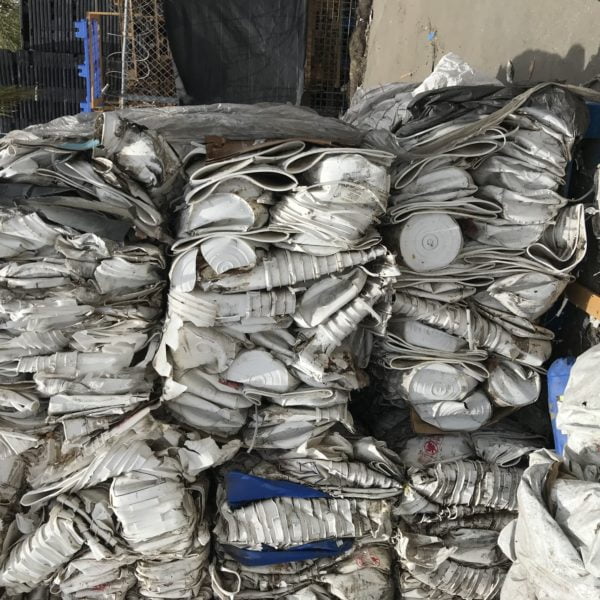HDPE (High-Density Polyethylene) plastic is widely prevalent in numerous industries and daily life due to its exceptional properties. It’s commonly found in packaging (bottles, containers), pipes, toys, and various household items. Its popularity stems from its durability, chemical resistance, and recyclability, making HDPE a versatile and eco-friendly material used in diverse applications worldwide.
Quick Navigation
- What is HDPE plastic?
- Number 2 recycling symbol
- Products made from HDPE plastic
- HDPE 2 Plastic Recycling
- Best Practices for Recycling HDPE #2 Plastic
What is HDPE plastic?
HDPE (High-Density Polyethylene) is a type of plastic made from petroleum. It’s created through a process called polymerization, where ethylene molecules are chemically bonded together to form long chains, resulting in a strong and durable plastic material. HDPE is known for its resistance to chemicals, impact, and moisture, making it ideal for various applications, including packaging, pipes, and construction materials.
Number 2 recycling symbol

If you take a closer look at plastic products, you will notice a small recycling symbol with a number inside. This number represents the type of plastic used in the product, and it can range from 1 to 7. HDPE is labeled with the number 2, indicating that it is a plastic that can be recycled.
Products made from HDPE plastic
HDPE plastic is used in a wide variety of products, and some common examples include:
- Milk jugs
- Juice bottles
- Shampoo bottles
- Detergent bottles
- Plastic bags
- Toys
- Lawn and garden products
- Automotive parts
- Construction products
- Containers and drums
- Utility Pipes
- IBC Containers
The HDPE Recycling Process
The HDPE recycling process involves several key steps:
-
Collection: HDPE plastic materials, such as bottles and containers, are collected from various sources, including recycling centers, households, and businesses.
-
Sorting: The collected HDPE items are sorted based on their type and color. Separation is important to ensure high-quality recycled material.
-
Cleaning: HDPE items undergo thorough cleaning to remove any contaminants, labels, or residues. This step is crucial to maintain the purity of the recycled material.
-
Shredding: The cleaned HDPE items are then shredded into small pieces or flakes. Shredding increases the surface area for processing and makes it easier to melt down the plastic.
-
Melting: The shredded HDPE flakes are melted at high temperatures. The melted plastic can be molded into various forms, such as pellets or sheets.
-
Manufacturing: The melted and processed HDPE is used to create new products. These products can include bottles, containers, pipes, plastic lumber, and more.
-
Distribution: The newly manufactured products are distributed to consumers and businesses, completing the recycling loop.
HDPE recycling helps conserve resources and reduce environmental impact by reusing this versatile plastic material in new applications.
Frequently Asked Questions (FAQ)
What does HDPE stand for plastic?
High-Density Polyethylene (HDPE) is a type of plastic that is characterized by its high density and durability. It is made from petroleum and is commonly used in the production of a wide range of products, including milk jugs, juice bottles, plastic bags, and even playground equipment.
Can HDPE be ♻ recycled?
Yes, HDPE can be recycled. It is labeled with the recycling symbol number 2 and is commonly accepted in recycling programs. Proper recycling of HDPE requires sorting, cleaning, and processing it into new products.
What is an example of HDPE?
HDPE plastic is used in a wide variety of products, some common examples include milk jugs, juice bottles, shampoo bottles, detergent bottles, plastic bags, toys, lawn and garden products, automotive parts, construction products, and many more. HDPE is a versatile and durable plastic that is commonly used in products that require high strength and rigidity. Its resistance to chemicals, corrosion, and UV light also makes it an excellent choice for products that need to withstand harsh environments or conditions.





